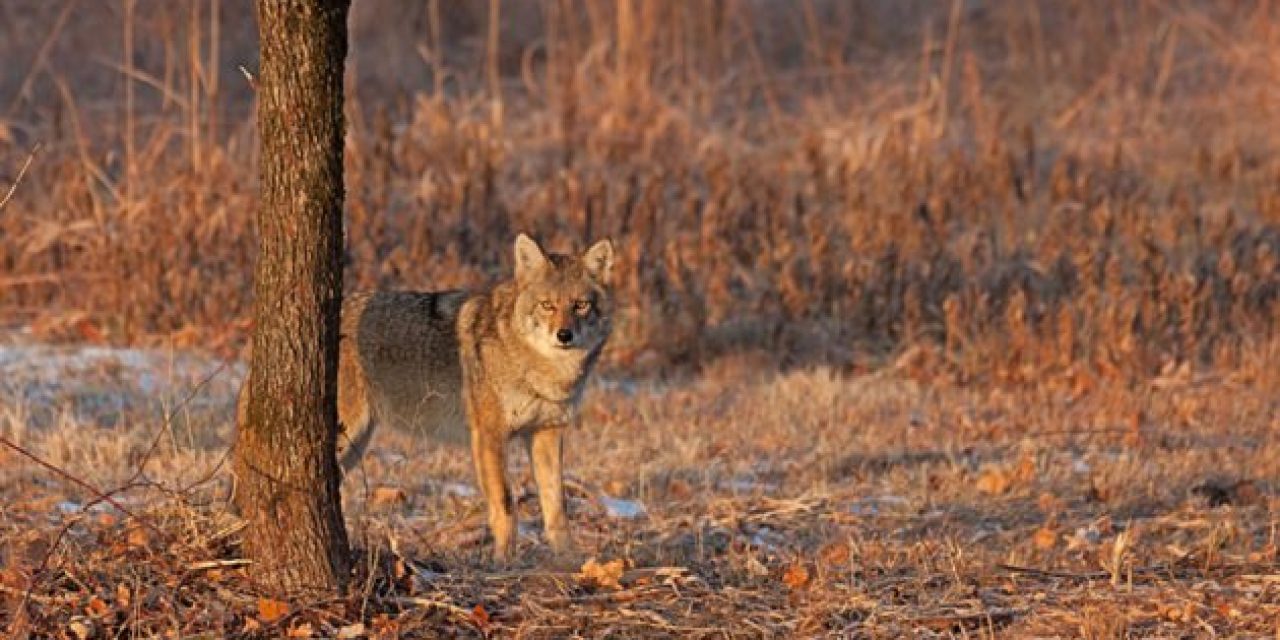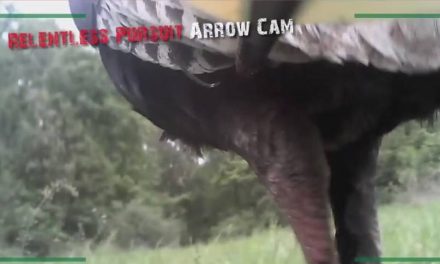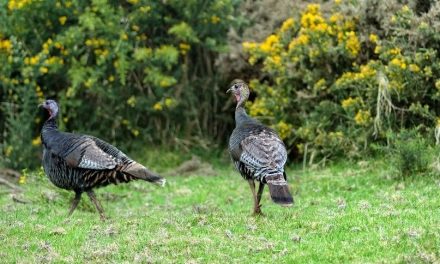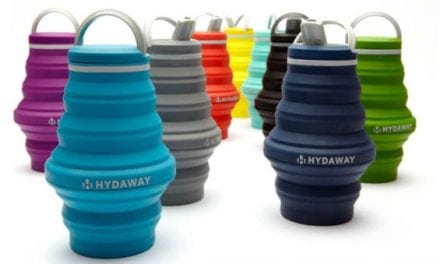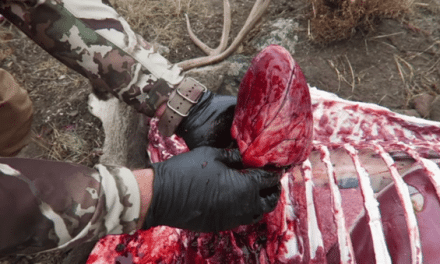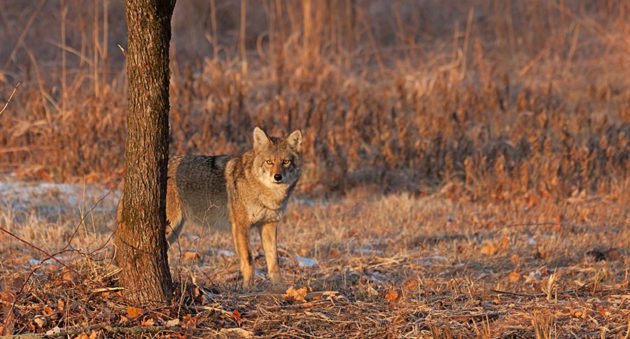
You’ll want to keep these things in mind when predator calling.
If you’re looking to get into hunting coyotes one of the most important things you need to learn is coyote calls. There are different ways to do this while predator hunting from remote control, high-quality electronic calls to mouth calls.
We’ll look at a little of both and discuss the best times to use them with these hunting tips.
Some of these calls also aren’t a bad thing to keep in mind if you’re deer hunting, turkey hunting or any other form of big game hunting and just happen to hear some coyote vocalizations close by or see one of these pesky predators. These tips may just help you pull one in from long range for a shot.
Distress Sounds
These are generally some of the best coyote calls you can use. The idea is simple: you’re imitating a small mammal, usually a rabbit or fawn’s distress sounds, and the coyote comes running thinking they’ll get an easy meal.
There are expensive electronic predator calls that can imitate these sounds, but you’ll find a lot of serious predator hunters prefer mouth calls to better dictate the range, pitch, and cadence of the sounds. A seasoned caller has better control of those factors than an electronic caller.
If you go with an electronic call, you could do worse than the Primos Alpha Dogg used in the video.
These hunting calls are good for just about anytime of year.
Fawn distress call
Obviously, this one is ideal for the spring months when baby deer are taking their first steps into the world. Everyone loves venison, and coyotes are no exception. A fawn can make for quite the meal for a hungry coyote.
This is generally a high-pitched squeal of a sound. Keep in mind this call doesn’t always bring strictly coyotes. These high-pitched shrieks can also kick in the maternal instincts of does and bring them running too.
If you live in a western state like Wyoming, you might look at mixing some pronghorn antelope fawn distress calls into the mix too.
Rabbit distress calls
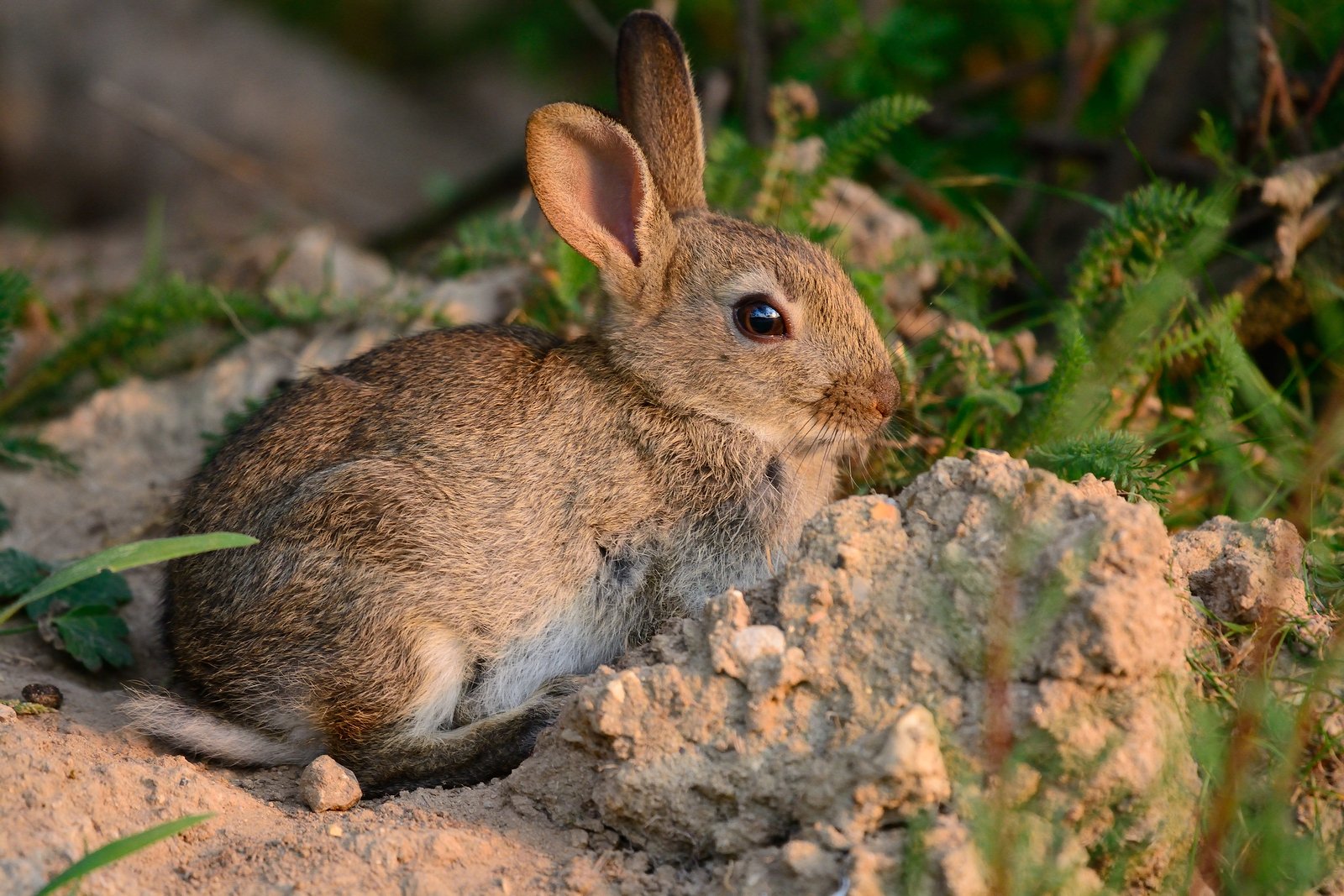
There are several different kinds of rabbit calls you can make. No matter what you choose, again, you’re appealing to the coyote’s stomach.
They sound pretty similar the first time you hear them, but a jackrabbit distress call sounds dramatically lower and longer than the extremely high-pitched, short screams of a cottontail call. In some cases, you might need to experiment to figure out what draws the coyotes out best in your area.
Mouse distress calls
Most hunters think of coyotes are primarily fawn and rabbit killers, but they eat a lot of mice and rats too. Probably more than you realize.
Rodent distress calls are even more high-pitched than the rabbit and fawns, but can be just as effective.
Coyote Sounds
Most coyote hunters start out with the prey distress calls. But if you really want to become an expert in coyote hunting, it is best to work on and hone your skills making coyote vocalizations too.
Much like deer, elk, or turkey, there are a lot of things coyotes are communicating to one another via the sounds they make. Knowing when and where to utilize said calls can make the difference between a successful day and an unsuccessful one.
Howls
This call is pretty self-explanatory. You can use an electronic game call or a mouth call to replicate these howls.
A howl is a good locator tool if you’re not sure if there are any other coyotes in the area. You can utilize these calls at just about any time of year.
Challenge calls

Coyotes are interesting creatures in that at times they team together in a group. But usually, they’re solitary animals that just want to guard their territory.
A challenge call sounds something like a short bark with a high-pitched howl at the end. This is a good call to use if the others aren’t working or if the coyotes are being especially cautious on approach.
Basically, you’re playing into their aggression with this one. If they’re territorial enough, this call should bring them in.
Coyote Pup calls
Most coyote calling experts agree, the best time to use the short, yipping pup distress call is in the later summer or fall months. The reason for this is simple.
In the fall young coyotes are either setting off on their own or they’re being forcibly evicted from family groups. Often, the young coyotes are not happy about this.
In either case, this call plays off a coyote’s curious nature. It can also play into the maternal instincts of female coyotes.
You don’t necessarily need an expensive call
One of the great things about how fast technology is advancing is how easy it is to get into predator calling. Don’t want to drop $500 on an expensive electronic call just yet? No problem if you’re hunting an area where you can get a cell signal.
Pick up an inexpensive Bluetooth speaker and play a YouTube video of any of the calls we’ve discussed here. You might be surprised at the results.
However, if you’re going to get serious about coyote hunting, we do recommend learning to use mouth calls because of the easier control, depending on the situation.
Whatever sort of coyote hunting you plan to do, keeping in mind the calls we’ve discussed here can make the difference between a coyote getting away and one that ends up taking a dirt nap!
For more outdoor content from Travis Smola, be sure to follow him on Twitter and check out his Geocaching and Outdoors with Travis Youtube channels.
NEXT: YES, YOU CAN ACTUALLY PLAN SOME PRETTY COOL SUMMER HUNTING TRIPS
WATCH: WHAT EVERYONE NEEDS TO KNOW ABOUT HUNTING, ACCORDING TO THE EICHLERS
The post Coyote Hunting Calls You Ought to Keep in Memory appeared first on Wide Open Spaces.

